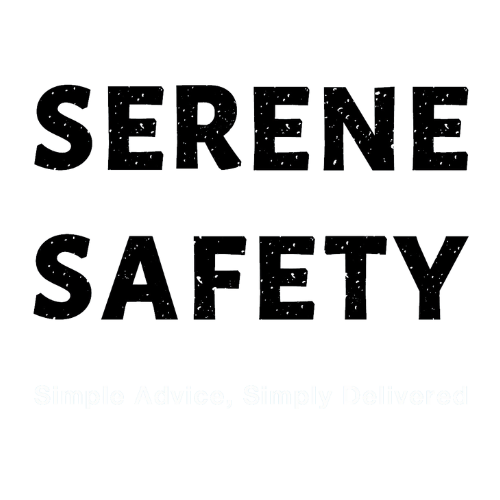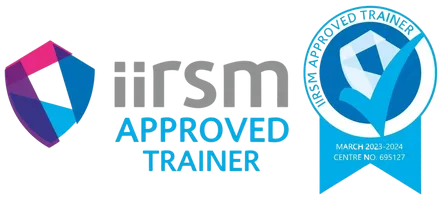COACHING, DEVELOPMENT AND SAFETY TRAINING
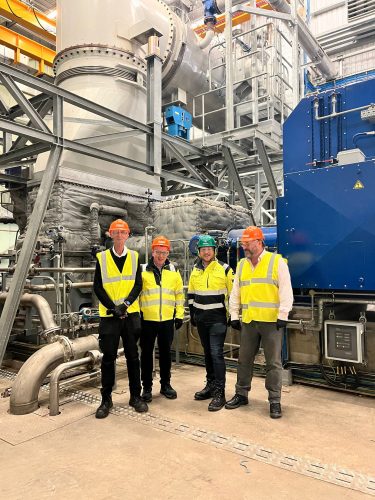
Here at Serene HQ we believe that working safely need not be complicated.
We pride ourselves as the consultancy that helps you become self sufficient and we do this through a range of methods, such as, safety coaching with you or your teams, creating development plans for key personnel and delivering a range of health and safety training packages and programmes.
A Serene led safety training session will be interactive, relaxed and supportive. We are big believers in Continuous Professional Development (CPD) and can support you where you are required to record CPD.
In most cases, training can be delivered face to face or online.
SERENE CERTIFICATED HEALTH AND SAFETY TRAINING

5-Steps to Risk Assessment
This session will teach delegates the fundamentals of risk assessment in the workplace and is based on the Health and Safety Executives ‘5-Steps to Risk Assessment’.
- Legislation
- Why assess risk?
- What is a Hazard
- Who could be harmed and how
- What are we doing about it already (current controls)
- What do we need to do? (Additional Controls Required)
- Prioritising Risk
- Hierarchy of Risk Control
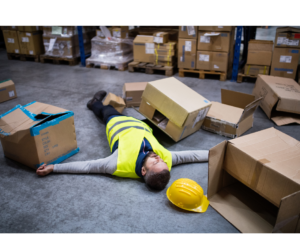
Accident & Incident Investigation
Loss events are undesirable, can be life changing for more than those involved. During this, adaptable, session.
- Outline the benefits of investigating incidents.
- Understand why incidents are required to be investigated.
- Outline what legal obligations organisations are required to investigate and report on.
- Outline investigation methodologies.
- Conduct basic evidence gathering.
- Obtain witness statements & Conduct Interviews.
- Analyse Causation.
- State Remedial Actions.
- Prepare a Report.
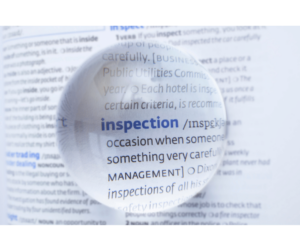
Health and Safety Auditing
This course can be delivered as a 1-day audit appreciation course or as a 2-day beginners internal auditing course.
- Define an audit.
- Understand the benefits of auditing.
- Outline different types of common audit methods.
- Prepare for completion of an audit.
- Understand evidence and asking audit questions.
- Opening and closing meetings.
- Writing an Audit Report.
- Submission of an audit.
- Isolated and Systemic Findings.
- Practical Audit Exercises.
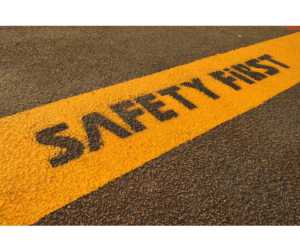
Creating Safe Systems of Work
Safe Systems of Work (SSoW) are a fundamental aspect of working safely.
- Define what a Safe System of Work is.
- Outline why Safe Systems of Work are required.
- Discuss examples of where Safe Systems of Work have failed and why.
- Outline the steps required to develop a safe system of work.
- Apply the principles of Safe Systems of Work to their workplace.
- Apply their learning to practical examples throughout the course.

IOSH Working Safely
- Defining hazard and risk
- Identifying common hazards
- Improving safety performance
- Protecting our environment
Read IOSH full course information here
Managing Health, Safety and Environmental Risks

Complying with PUWER
The Provision and Use of Work Equipment Regulations are extensive and provide a key set of requirements to ensure user safety. In this Introductory session delegates will be able to:
- State where PUWER is derived from.
- Understand the sections of PUWER.
- Outline the management of PUWER aspects.
- State the physical aspects of PUWER.
- Identify where work equipment may require a more in-depth analysis over and above standard risk assessment practices.
- Be provided with a copy of the PUWER Approved Code of Practice.

Completing Manual Handling Assessments
Manual handling risks should be assessed and controlled within your workplace but how do you assess those tasks?
In this half day session we explore how to lift and handle correctly so we can then complete a manual handling assessment using a 4x step approach. T.I.L.E
– Task
– Individual
– Load
– Environment
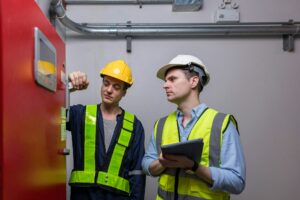
Conducting a Fire Risk Assessment
Fire risks are present in all industries and businesses. This session will introduce delegates to the basics of fire risk management and considerations when completing a fire risk assessment in their workplace.
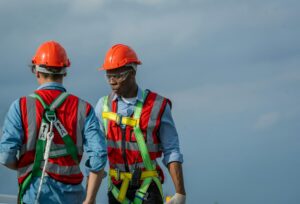
Working at Height Essentials
Working at height shoud be avoided wherever possible. When this isn’t possible we should mitigate the risks.
In this session you will undertand the risks from working at height, the consequences and what mitigations can be put in place to better manage the activities you undertake from above ground level.
IIRSM Managing Risk: The Essentials
Delegates will gain a broad understanding of the benefits, principles and processes involved in risk management and discover how, by taking an integrated approach, they can minimise threats, maximise opportunities and prepare for the unexpected.
The course is underpinned by ISO 31000, the global risk management standard.
Risk management should form part of everyone’s responsibilities at every level, in any organisation of any size, in any sector anywhere in the world. Delegates won’t become risk experts, but they will learn the essential skills needed to be able to identify, manage and communicate the risks that matter in their area of responsibility and appreciate the consequences of their decisions on the rest of the organisation.
IOSH Managing Safely Course
Who is Managing Safely for?
Managing Safely is designed for managers and supervisors in any sector, and any organisation worldwide. They won’t suddenly become safety experts – but they’ll get up-to-speed on the practical actions they need to take, and gain the knowledge and tools to tackle the safety and health issues they’re responsible for. Importantly, Managing Safely makes a powerful case for safety and health being an integral part of day-to-day management and business.
